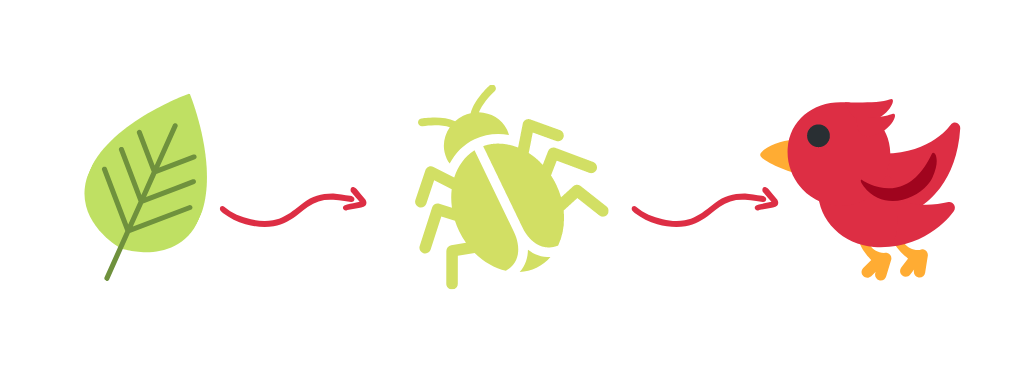Please note: The Sun exhibition ended on 4 November 2020. To find out what exhibitions and activities are open today, visit our What’s On section.
At the museum this summer, we’re investigating everything to do with how the Sun affects our lives, from the food we eat to our obsession with sunbathing.
The answer to our question of where your energy comes from is that almost all life on Earth relies on the Sun for energy.
So how does that work?

Plants use the Sun’s energy to make all their food, through a chemical reaction called photosynthesis, which happens in the green parts of a plant (usually the leaves). Inside the leaves carbon dioxide is combined with water using the Sun’s energy to make a sugar called glucose. The energy from the Sun is trapped in the sugar, a bit like a jack-in-the-box, ready to be released when needed. Some of this sugar is used straight away to give the plant energy, but other sugar is turned into fats, proteins or other carbohydrates and stored.
Animals eat the plants and use the stored sugar for energy for moving around and growing. Animals that eat only plants are called herbivores. Other animals—carnivores—might eat those animals, passing the energy down the food chain. You can see a simple example of a food chain here:

Science Museum Group © The Board of Trustees of the Science Museum
We are omnivores, which means we can eat both plants and animals. If we eat a burger, the Sun’s energy will have been trapped by the grass, eaten by the cow and then by us in the form of the burger. We can use this energy to power everything we do—from growing to talking, shopping and visiting museums.
At the start of this blog we said that “almost all” life on Earth relies on the Sun’s energy—so what’s the exception? The only life forms that don’t use the Sun’s light energy are the microbes that live in hydrothermal vents on the seafloor. These use energy from chemicals that are released from the Earth’s core instead—they never even see sunlight.
So the next time you eat a salad or a burger, think about how the energy that it gives you has traveled all the way from the Sun—almost 150 million kilometres away.